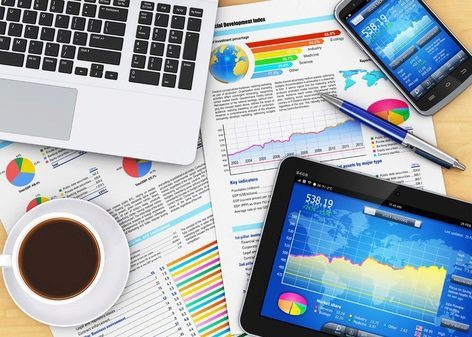According to Deloitte, seven technologies have growing interaction and relevance for how the work of finance get done
Digital interventions are transforming work as we know it and finance is no exception. Some of the new digital tools available to finance focus specifically on updating core systems and existing capabilities. Other tools, "exponentials", are designed to deliver new and different capabilities. Together, they form a toolset finance can use to improve its own performance and serve the business more effectively, especially when they are used together.
According to Deloitte, seven technologies have growing interaction and relevance for how the work of finance get done:
Cloud
Cloud is a kind of computing that uses scalable, elastic technology to deliver services over the internet. Instead making large investments up front, finance can get the full stack of finance functionality “as-a-service,” delivered through public, private, or hybrid clouds.
Process robotics
Process robotics automates transaction processing and communication across multiple technology systems. Robots perform recurring processes just like humans, but with less risk of errors and fatigue.
Visualization
Visualization refers to the innovative use of images and interactive technology to explore large, high-density data sets. Visualization suites complement business intelligence and analytics platforms, offering rich graphics, interactivity, and usability on par with leading consumer experiences.
Advanced analytics
Analytics has long been part of the finance arsenal, but new techniques are helping business people tackle the crunchy questions with insightful answers. Often that means combing through big data to see patterns that suggest future opportunities.
Cognitive computing
Cognitive computing and artificial intelligence (AI) simulate human thinking. This technology includes machine learning, natural language processing, speech recognition, and computer vision.
In-memory computing
In-memory computing refers to storing data in main memory to get faster response times. And because the data is compressed, storage requirements are reduced. The result? Speed and access to quantities of data that were previously unimaginable.
Blockchain
Blockchain is a digital distributed ledger, where transactions are verified and securely stored on a network of distributed and connected nodes, without a governing central authority.











